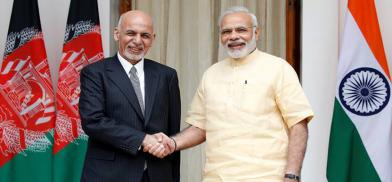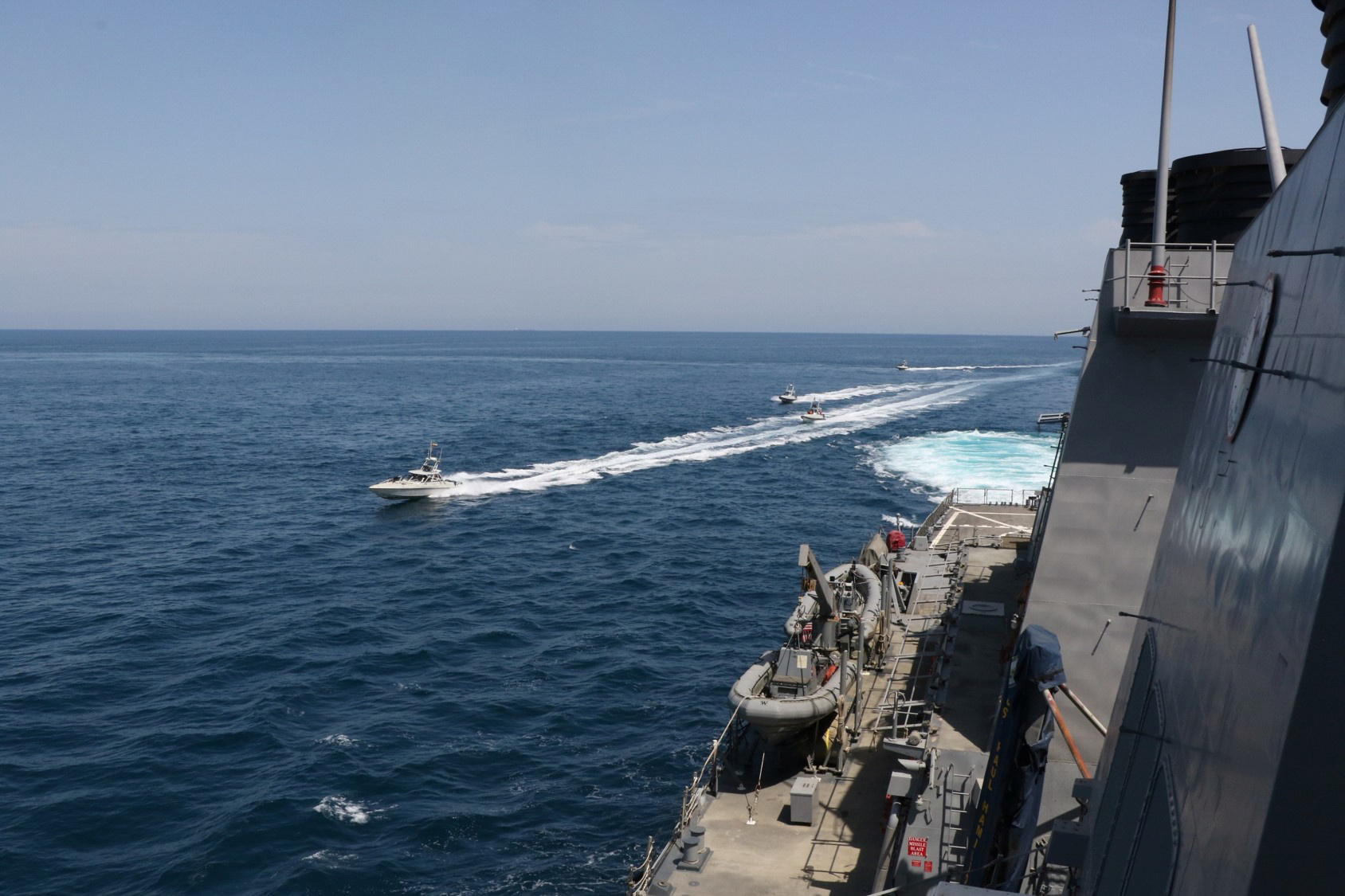This research note provides an update concerning new radical Islamist English-language online magazines appearing since the ebook publication of The Islamic State English-Language Online Magazine Rumiyah (Rome). Within that work, the following five new magazine issues (for previously identified magazines) concerning the time period January 2017-June 2018 were identified:
Al Risalah (No. 4); titled: “The Balanced Nation.” January 2017, published by al-Nusrah Front
Inspire (No. 17); titled: “Train Derail Operations.” July 2017, published by al-Qaeda
Gaidi Mtaani (Iss. 9); titled: “Ole! Kwa Wanazuoni waovu.” September 2017, published by al Shabaab
Sunnat E Khola (aka Sunnat Khawlah; Sunnat e Khaula (SK) (Vol. 2); titled “Eid Ul Adha Special.” October 2017, published by Tehrik-e Taliban Pakistan
Al-Ḥaqiqah (Iss. 4, Special Edition); titled “7 Years of Jihad in Syria.” June 2018, published by an al-Qaeda affiliate (Syria)[1]
Since July 2018 to the present, three new radical Islamist English-language online magazines have appeared— Al Rishalah with the publication of two issues in January and February 2019, One Ummah with the publication of one issuein mid September 2019 and Voice of Hind with the publication of two issues in late February and late March 2020.[2] It should be noted that no new issues of pre-existing magazines identified in our earlier works were published during this time span. A general overview of these three new magazines and the contents of their issues follow:
 Immediately after the first gulf war in the early 1990’s the theories of Revolution in Military Affairs (RMA) and Information Warfare were being studied all over the world as a new kind of warfare. During that time, a course on Information Warfare was conducted at the National Defense University of USA. The course participants were from senior officers of the armed forces, representatives of Department of Defence and Department of State and policy makers from the government. Rand Corporation of US was conducting this course.
Immediately after the first gulf war in the early 1990’s the theories of Revolution in Military Affairs (RMA) and Information Warfare were being studied all over the world as a new kind of warfare. During that time, a course on Information Warfare was conducted at the National Defense University of USA. The course participants were from senior officers of the armed forces, representatives of Department of Defence and Department of State and policy makers from the government. Rand Corporation of US was conducting this course.













